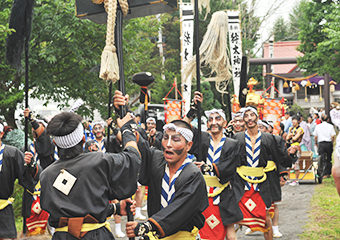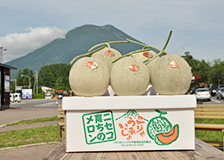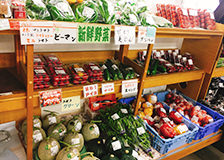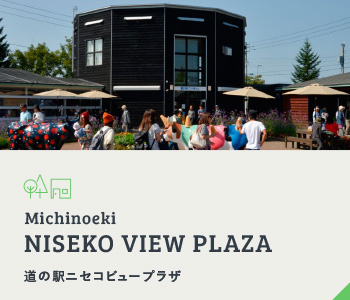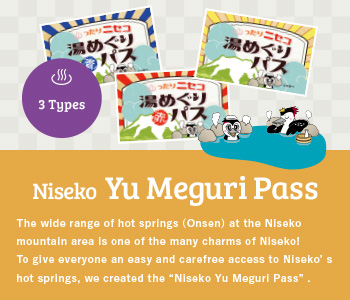Welcome to Niseko About Niseko
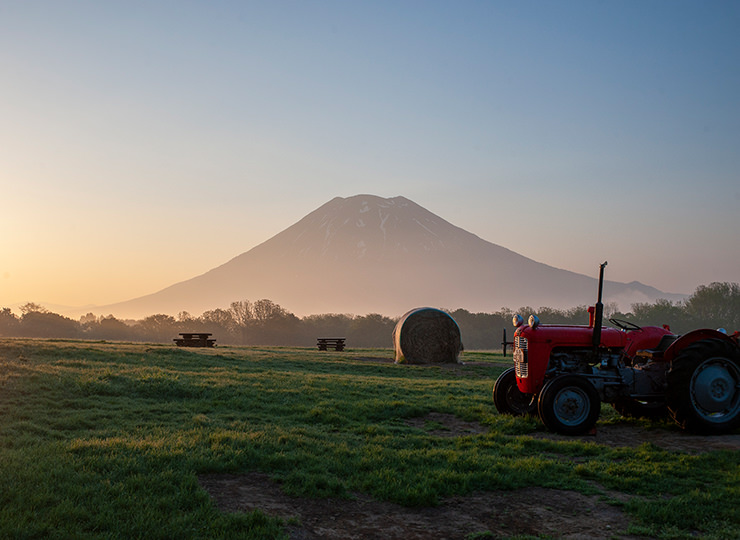
Niseko's Origin

Niseko is well known for the winter sports enthusiasts that gather on Mt. Niseko Annupuri, called simply Annupuri in Japanese. But what does the word "annupuri" even mean, or better, is it even Japanese?
The name has its origin in the language spoken by the indigenous Ainu people of Hokkaido. In Ainu, the word nupuri means mountain and in combination with Niseko An- Niseko Annupuri means “mountain with a sheer cliff and a river running around it”.
Despite being written with Japanese kanji characters, most place names in Hokkaido derive from the Ainu language.
Even in Niseko, the Japanese settlers first recorded names for all locations with kanji but changed them to the katakana script later on to reflect their Ainu origins.
The Renaming of Niseko Town

In 1963, the Niseko-Annupuri area was designated as the Niseko-Shakotan-Otaru Kaigan Quasi-National Park. At that time Niseko Town was still called Kaributo Town and the town’s train station was called Kaributo Station.
Because of Niseko-Annupuri’s recent designation as a Quasi-National Park, the people of Niseko Town made efforts to rename their train station to “Niseko Station” using the Japanese katakana script. However, according to the national railway company's policies, the katakana script was not applicable for station names.
Since the national railway company stood firm with their policies and renaming the station seemed to be a fruitless effort, the people of Kaributo changed their approach. They instead swung all focus towards renaming the town instead, and in 1964 Kaributo Town was reborn as Niseko Town.
The Niseko Town Song
The Niseko Town Song was established in November 1972.
Town asked their citizens to write the lyrics for the official town song, and from 65 entries, Mr. Mori Kikuzo's entry was chosen. Based on his lyrics, composer Komabayashi Shoichi composed the music.
-
- 1
-
aogu wa niseko annupuri
iwaonupuri no yamakai ya mā ini
takayama no hana saki kaoru
shizen no naka ni chichihaha chi chi wa wa ga
taku hirakishi machiyo furusatoyo
nisekoyo nisekoyo ā niseko
-
- 2
-
Yōtei nozomu shiribe no
rekishi totomoni nobishi machi
harukaka ni tōi mukashi yori
heiwa o aisu atsuki chi ni
fūsetsu kotae shi furusatoyo
nisekoyo nisekoyo ā niseko
-
- 3
-
haku yuki haeru kōgen ni
tatsu wa sukī no yukikemuri
yobu wa niseko no yu no kemuri
yutakana machi o iku hagukumite
ashita o mezasu furusatoyo
nisekoyo nisekoyo ā niseko
Basic Information Niseko Town
Terrain and Climate
Niseko Town (42°52'N, 140°48'E) is located in the western part of central Hokkaido, near the center of Shiribeshi Subprefecture.
It lies amongst gently undulating hills in the basin between two majestic mountains: the 1,898m high Mt. Yotei of the Shikotsu-Toya National Park to the east, and the 1,309m high Mt. Niseko-Annupuri of the Quasi-National Park to the north.
Through Niseko Town flows the Shiribetsu River, a river that later branches into tributaries of Konbu, Niseko Anbetsu, and Makkari. The area has an inland climate with an average temperature of 6.3°C, and in winter snow can accumulate to a depth of up to 200cm!
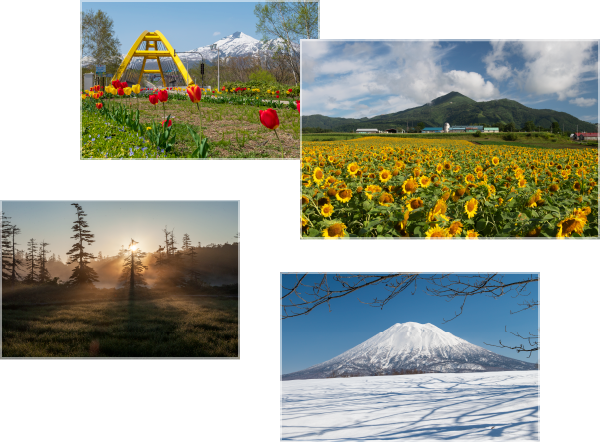
Industry and Culture
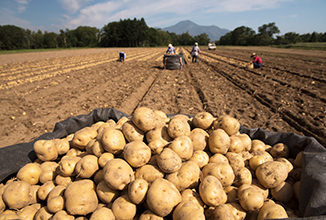
Agriculture
Niseko is home to around 150 farmer households. Our farmers cultivate about 2,000 hectares of land with an annual production of just under three billion yen.
Famous for their quality and taste, main crops include potatoes, melons, asparagus rice, tomatoes, and lily bulbs.
The town also applies Niseko-distinctive characteristics to promote agriculture by improving profits, furthering environmentally-friendly clean agriculture practices, and supporting direct-farm sales. As a result of these efforts, Niseko’s agricultural industry is experiencing a period of revitalization!
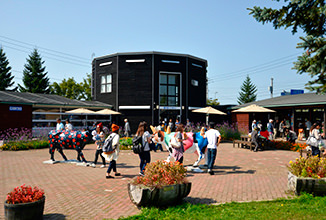
Tourism
Niseko Town is home to both a national park and a quasi-national park. It is a year-round tourist resort blessed with a scenic countryside reflecting the beauty of all four seasons.
Summer lets visitors try outdoor sports like hiking, canoeing, and rafting.
Winter invites you to experience Niseko’s world-famous powder snow at Niseko’s large ski resorts. Stay at one of Niseko’s many hotels or B&Bs, and see for yourself the personal touch each accommodation has to offer.
Or how about a day trip to Niseko? Relax and ease your mind at one of Niseko’s hot springs, all varying in their mineral properties.
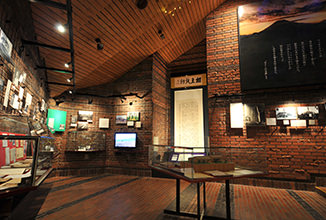
Culture
Located at the foot of Mt. Yotei is the Arishima district.
The Arishima district consists mainly of farmland bought by the father of the famous early-twentieth-century author Takeo Arishima, who later inherited the land.
Later in Takeo’s life, he renounced all his legal rights to the land and presented it to his tenants so that they could use it freely as their own. Long after Takeo Arishima died in 1923, his legacy and ideal of mutual aid still lives on in Niseko today.
In 1977, to celebrate his 100th birthday, the Arishima Takeo Memorial Museum was built on his farm's original site. The museum plays a central role in putting local culture on display and is well received by all visitors.
Agricultural Products
Food nourished by fertile Hokkaido soil!
Agricultural products in Niseko benefit from exceptional climate conditions, as well as our local farmers' wisdom and experience.
Niseko's climate is relatively mild, but the temperature difference between day and night is significant. These two attributes allow crops to grow gently and gives them a rich and distinctive taste. Since vegetables are staples eaten on a daily basis, we want them to be 100% safe to eat and delicious at the same time.
We promise Niseko's vegetables meet these standards and they always will!
Niseko's main crops are potatoes, rice, melon, asparagus, tomatoes, lily roots, pumpkins, and beans, with other crops being cultivated in smaller quantities.
Vegetables are sold at the farmer's market at the Niseko View Plaza. But you can taste them everywhere in Niseko, as most restaurants in Niseko use Niseko-produced vegetables as their main ingredients!
We also sell Niseko's delicious-low-protein rice under the brand name of Toku Okimai.
In the past, Hokkaido’s rice had a negative reputation because Hokkaido’s climate was deemed unfit for rice cultivation. Now, it is renowned all over Japan for its delicious taste and texture. Don’t miss out on it!
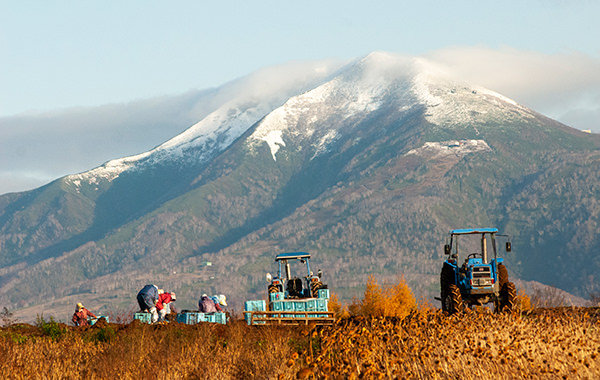
Winter Sports
Niseko’s Pride: Powder Snow of the Best Quality
The town used public funds to install the first ski lifts on Mt. Moiwa in 1962, which at the time were just simple rope tow lifts. The rising popularity for ski tourism resulted in a demand for new ski resorts, which led to the opening of Moiwa Ski Resort in 1966, Niseko Annupuri Ski Resort in 1972, and Niseko Higashiyama Ski Resort in 1982. All over Japan and overseas, the three ski resorts are well known for their high-quality powder snow.
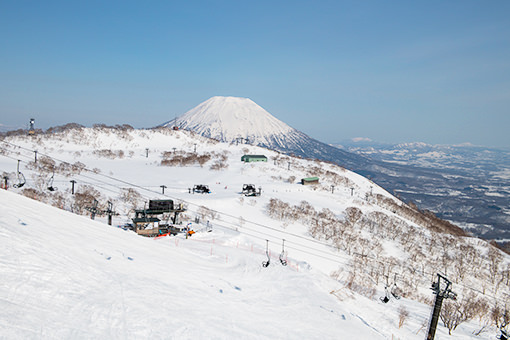
Arishima Takeo and Arishima Farm
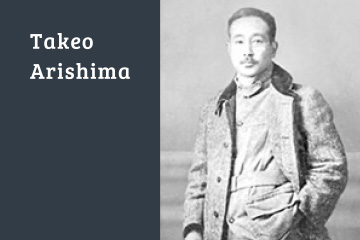
Takeo Arishima
1878-1923
Takeo Arishima is a famous early 20th century author. He often centered the plot of his novels on Hokkaido's towns, including Niseko (formerly Kaributo) and Iwanai. After the publication of works like "Cain's Descendants" and "Born Troubles," his position as a well-known writer was set.
Together with other writers, Takeo Arishima joined the 1873-established Shirakaba Movement, which included other writers such as Naoya Shiga, Minoru Mushakoji, Ikuma Kuma Arishima, and Satomi Toran.
He was known first and foremost as a humanist writer and became the most prominent author of the Shirakaba Movement. His masterpieces include the novel "A Certain Woman", "Constellation," the fairy tale "Ichibun no Grapes", and the critique "Love Takes Freely".
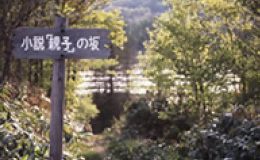
Oyako No Saka 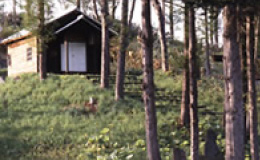
Iyateru Shrine 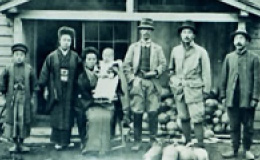
Takeo Arishima in front of the farm office
Arishima Farm
Worried about his children's future, Takeo Arishima’s father Takeshi Arishima leased land in Niseko under the National Landfill Law. On his newly owned land he built the large Arishima farm. Takeo inherited the farmland after his father’s death.
At the time of his inheritance, peasants working on farmlands had to give up 30 to 40% of the harvest. Furthermore, peasants were forced to live an impoverished life in servitude to their landowners. Takeo soon felt guilty for being the sole owner of the property. For years he wrote about humanist ideas in his novels, and now he sought after the chance to turn his fiction into reality!
1922, he gathered the peasants at the Iyateru Shrine and declared the renunciation of all his rights to own the farmland. The farmland was then jointly managed by peasants until the farmland reforms after the second world war. Takeo’s act of renunciation was something unheard of at the time and echoed through society.
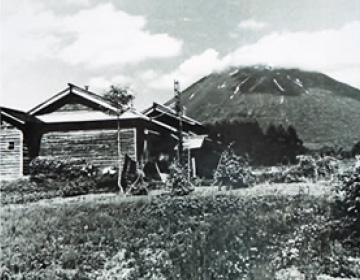
Industry and History
Oji Power Station
Have you ever heard of the Oji Seishi Shiribetsugawa Power Station No.1?
It is an old power plant located two kilometers upstream the Shiribetsu River from the Niseko Train Station. Though being out of service, the plant is a beloved secret sight-seeing spot. The plot of the well-known novel “Sisters” by Niseko-affected writer Fumi Nishiyanagi revolves around the plant. Later, the station was even featured in NHK’s TV-drama adaptation of the novel.
This facility was constructed in 1873 by Oji Seishi Co., Ltd., to secure a power supply for its newly built paper mill in Tomakomai City. The company made two power plants in Niseko. The first plant lies, as mentioned above, upstream from the Niseko Train Station while the second is located downstream. The electricity generated from both plants was originally sent to Tomakomai, but as of April 2010 all electricity is transmitted to the Marunouchi Building in front of Tokyo Station.
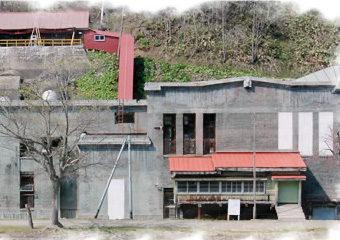
SL Turntable
Until 1967, a Niseko-express locomotive by the name of C62 ran on the JR Hakodate Main Line. The C62 and its sister locomotive C63 were kept at a railway museum in Otaru after being retired, but in 1988 a revival project for limited operations began, allowing both the C62 and C63 to be called back to service. Niseko Town requested the locomotives to stop at the Niseko Train Station from the beginning of the project. Unfortunately, the request was denied since the Niseko Station lacked a turntable to change the locomotives’ direction. Therefore, a turntable from the Shintoku Town was relocated, and the locomotives could finally access Niseko Station in 1990. The turntable stopped operating in 1995 when the C62 ended its service. Now, it is quietly observing the mainline from afar while a new generation of trains run on it.
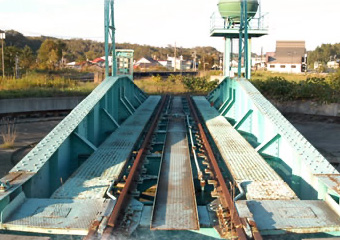
Icing experiment on a Mitsubishi A6M
In 1943, Prof. Ukichiro Nakatani of Hokkaido University’s Low-Temperature Research Institute led the installation of the Niseko Summit Observatory on the top of Mt. Niseko Annupuri.
The observatory’s main goal was to study the causes of icing accidents on military aircraft and find ways to prevent airplane crashes. The research took place at two different facilities on Mt. Niseko Annupuri. One small observatory was set at the 8th station, and an icing laboratory was set up at the summit of the mountain. Researching the aircraft icing phenomenon involved a Mitsubishi A6M “Zero” aircraft, which was carried by hand to the top of the mountain.
Together with hundreds of Kaributa villagers (modern day Niseko Town), the research institute members carried the Mitsubishi A6M and their research materials 1,300m up to the summit. It was an arduous task taking four days to complete.
To this day, a pedestal believed to have held up the Mitsubishi A6M can be found at the summit. Even an electricity transmission cable used to power the fighter plane’s propeller can still be seen on the mountain. The fighter plane was abandoned on the valley floor after the war, but it was recovered in 2004 and is now displayed at Kutchan Fudokan.
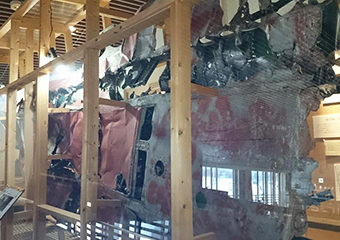
Soga Hokuei Ring Circle (Stone Circle)
The Soga Hokuei Ring Circle is a designated cultural property of Niseko Town and is located between Mt. Niseko Annupuri and Mt. Yotei. The circle is estimated to be a grave built by indigenous people about 3,000 years ago.
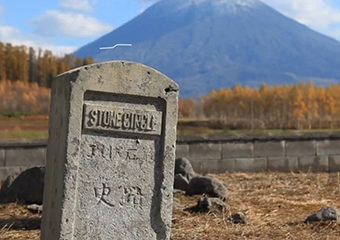
Kaributo Shrine
The Kaributo Shrine was built in 1873. Every year from August 24 to 25, the annual festival Kaributo Jinjasai is held. Niseko townspeople in their yakudoshi (critical year, usually age 25 and 42 for men and 19 and 33 for women) carry glittering, decorated floats called mikoshi. Another attraction is the Akasaka Yakko group, a group of face-painted performers who throw spears while singing and performing.
Both the floats and Niseko Akasaka Yakko are intangible cultural heritages of Niseko Town and shouldn’t be missed.
